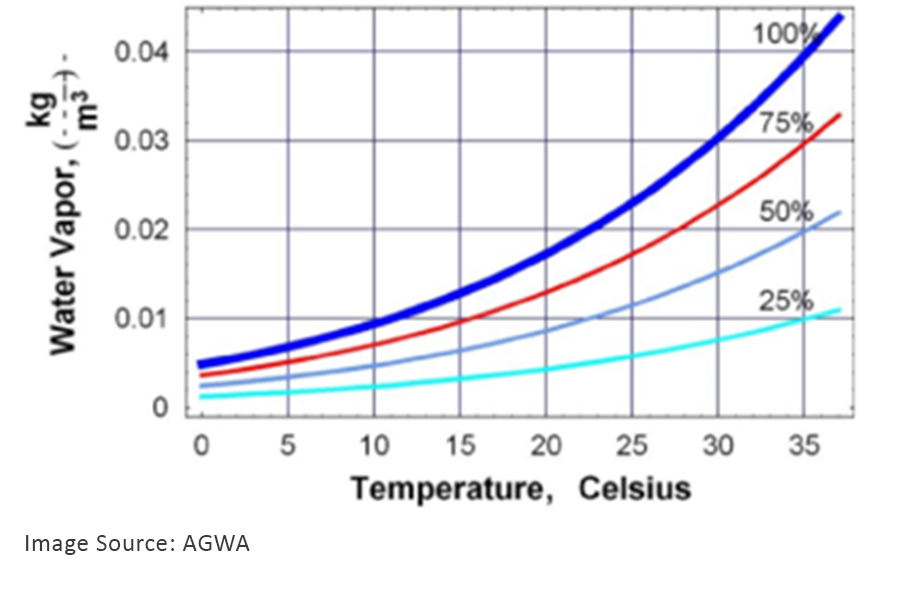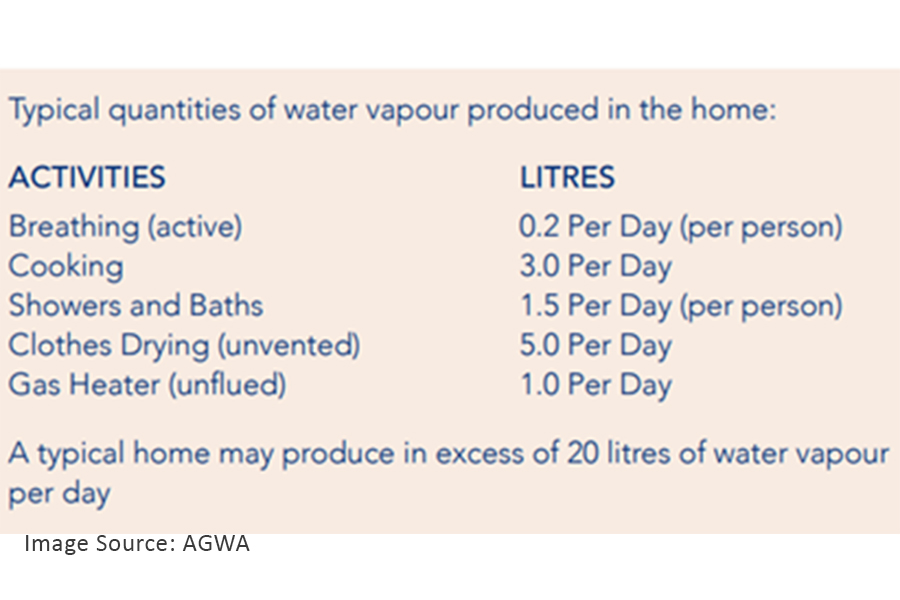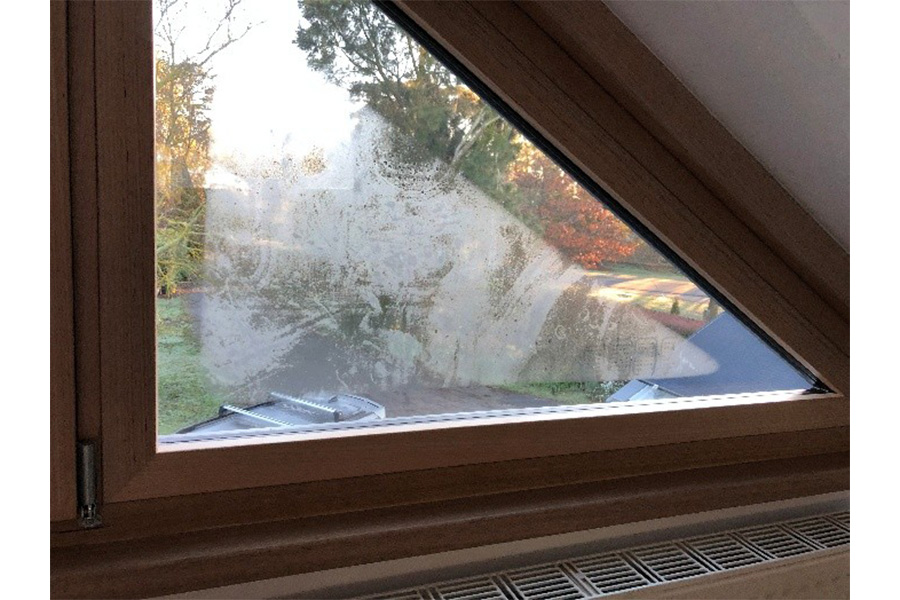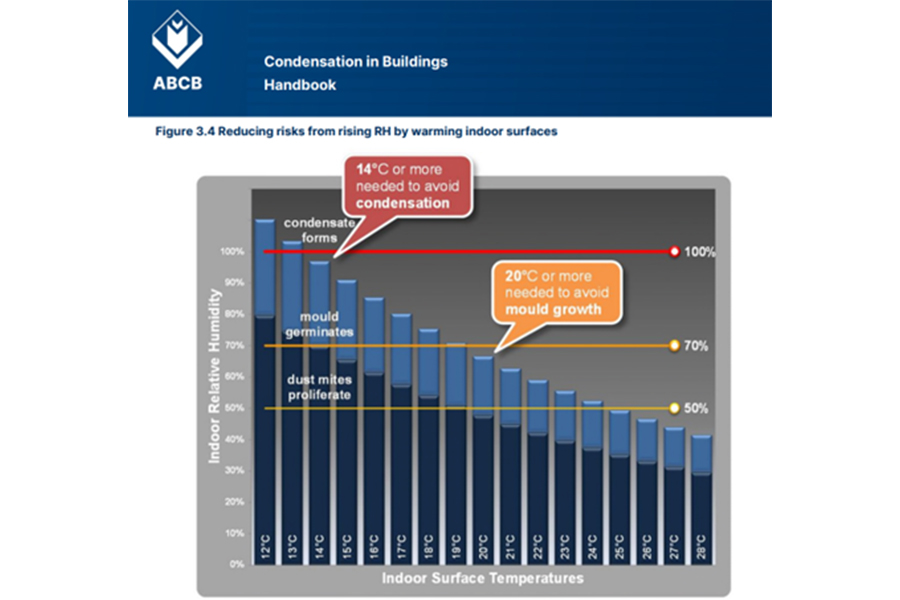Paarhammer is having an extended closure over the Easter period.
We will close on Thursday the 17th of April and will re-open on Monday the 28th of April.
Click here to view our latest blog
Condensation and Humidity

As nights are getting colder again in the southern States of Australia, condensation can form inside the home. Air has moisture in it which is called air humidity. The dew point depends on how much humidity there is in the air and at which temperature condensation happens.
If the temperature in your room is 20 degrees, the air finds a surface below 20 degrees, and water vapour in the air will condense to form droplets. This is most easily seen on hard surfaces like glass or aluminium. It is the amount of water vapour in the air that determines the temperature at which the moisture vapor becomes liquid.

Each person or pet breathing as well as houseplants, all release moisture into the air. For example, every person releases almost a cup (200ml) of water every night. If your bedroom has single glazing and the outside
temperature is lower than the inside temperature, this humid air will collect and form droplets which are easily seen on windows.

Condensation forms when air with a dew point temperature (high humidity) finds a surface with a lower surface temperature, resulting in water vapor from the air forming liquid water droplets.
Installing higher energy-efficient windows with double or triple-glazing will help keep the temperature of the inside gazing closer to your indoor temperature than to the outside temperature, reducing the likelihood of condensation on the inside of the windows.

The image above shows that condensation is on the outside rather than the inside of the windows, and it is away from the frame, only pooling on the colder surface of the glass. In this case, the outer glass pane is cooler than the outside air temperature and the window frame.
Outside condensation is not an issue as it stays on the exterior. Condensation becomes a problem when it is on the inside of the glazing and/or window frame as this could lead to mould growth and dust mite infestations.

Tips from AGWA (Australian Windows Association):
Open windows during and after showering and when cooking in kitchens. Use bathroom exhaust fans during and after showers and baths, and ensure they are vented externally and not just into your roof cavity.
• Dry clothes in rooms that are well ventilated and warm and shut off from the rest of the building. Vent clothes dryers to the outdoors where possible
• Open windows and ventilate for short periods of time in any room with condensation.
Be alert to condensation forming on the glass and frames of windows. These are usually the coldest surfaces in a room and condensation on them is an early warning of high Relative Humidity that can support dust mite infestations and mould growth.
Condensation may form on metal window frames before it appears on the glass, however on timber or uPVC windows and doors it is likely condensation is noticed first on the glass.
Consider an investment in high performance, energy efficient windows that not only reduce energy costs but make homes more comfortable and healthy as well. Double and triple-glazed windows create warmer interior glass surfaces, reducing the formation of condensation on the inside of windows.
Ready to talk high-performance windows: Contact us